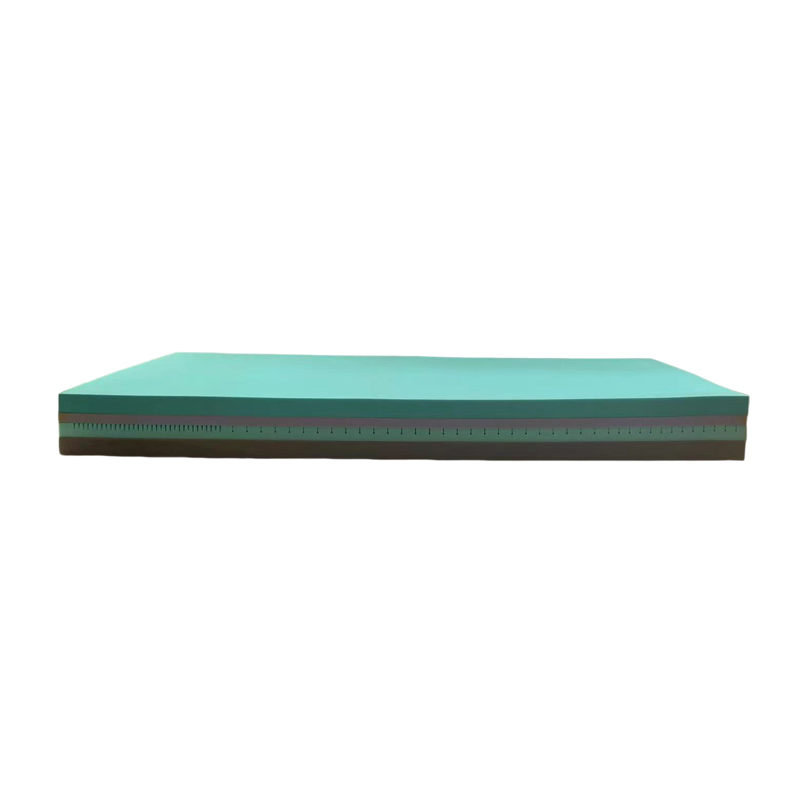pressure injury
Understanding Pressure Injuries Prevention and Management
Pressure injuries, also known as pressure ulcers or bedsores, are localized injuries to the skin and underlying tissue resulting from prolonged pressure on the skin. They often occur in patients who are immobile, such as those in hospitals, long-term care facilities, or even those who are bedridden at home. Understanding the causes, prevention, and management of pressure injuries is crucial for healthcare professionals, patients, and caregivers alike.
Causes of Pressure Injuries
Pressure injuries develop when sustained pressure impairs blood flow to the skin and tissues. This can lead to tissue ischemia, cell death, and ultimately skin breakdown. Several factors contribute to the formation of pressure injuries, including
1. Immobilization Individuals who are unable to change position regularly are at a higher risk. This can be due to conditions such as spinal cord injuries, severe illness, or post-surgical recovery.
2. Friction and Shear Friction occurs when the skin rubs against clothing or bedding, while shear is the result of the skin being pulled in different directions, often when the patient is being moved. Both forces can damage vulnerable tissue.
3. Moisture Excess moisture from sweat or incontinence can weaken skin integrity, making it more susceptible to injury.
4. Poor Nutrition Malnutrition and dehydration can impair the body’s ability to repair damaged tissues, increasing the likelihood of pressure injuries.
5. Age Elderly individuals often have thinner skin and lower subcutaneous fat, making them more prone to injuries.
Prevention Strategies
Preventing pressure injuries is a multidisciplinary effort that involves healthcare providers, patients, and caregivers
. Here are several effective strategies1. Regular Position Changes Patients at risk should be repositioned at least every two hours while in bed and every hour if sitting in a chair. This helps alleviate pressure on vulnerable areas.
2. Use of Support Surfaces Specialized mattresses and cushions are designed to reduce pressure and minimize the risk of injuries. These surfaces can redistribute weight and relieve pressure points.
pressure injury

3. Skin Care Keeping the skin clean and dry is essential. Moisturizers can help maintain skin integrity, while barriers can protect against moisture due to sweat or incontinence.
4. Nutritional Support Adequate nutrition, including protein and hydration, is vital for skin health and tissue repair. Healthcare providers should assess dietary needs and, if necessary, provide supplements.
5. Education Patients and caregivers should be educated about the risk factors and signs of pressure injuries. Understanding how to recognize early signs—such as redness or changes in skin texture—can lead to prompt intervention.
Management of Pressure Injuries
If a pressure injury does occur, prompt and effective management is essential to promote healing
1. Assessment Healthcare providers should conduct a thorough assessment of the injury, including its size, depth, and stage. This informs the treatment plan.
2. Wound Care Cleaning the wound with saline and applying appropriate dressings are critical steps. The choice of dressing will depend on the wound type and condition.
3. Debridement For more severe injuries, debridement may be necessary to remove dead tissue and promote healing.
4. Pain Management Patients may experience pain associated with pressure injuries. Effective pain management strategies should be implemented.
5. Follow-Up Care Regular follow-up and monitoring are vital to ensure the wound is healing properly and to prevent further complications.
Conclusion
Pressure injuries are a significant concern in healthcare settings, but with appropriate preventive measures and effective management strategies, their occurrence can be greatly reduced. Education, vigilance, and a proactive approach are key to safeguarding the well-being of at-risk individuals. By understanding the causes, prevention, and treatment of pressure injuries, healthcare professionals and caregivers can collaborate to improve patient outcomes and enhance quality of life.
-
The Effect of Coconut Foam Mattress Breathability and Humidity Regulation on Improving Sleep QualityNewsJul.03,2025
-
How Wave Mattress Systems Improve Blood Circulation During ImmobilityNewsJul.03,2025
-
The Climate-Adaptive Sleep Revolution: Exploring the Benefits of Cooling Gel Memory Foam MattressesNewsJul.03,2025
-
Exploration of the Role of Coconut Foam Mattress in Preventing Bedsores in the ElderlyNewsJul.03,2025
-
Comparing Wave Mattress and Air Mattress: Which Is Better for Medical Use?NewsJul.03,2025
-
Analysis of Comfort and Environmental Performance of Natural Latex and Coconut Foam MattressNewsJul.03,2025
-
Multi-Layer Construction for Enhanced Performance in Gel Mattress PadNewsJun.24,2025

